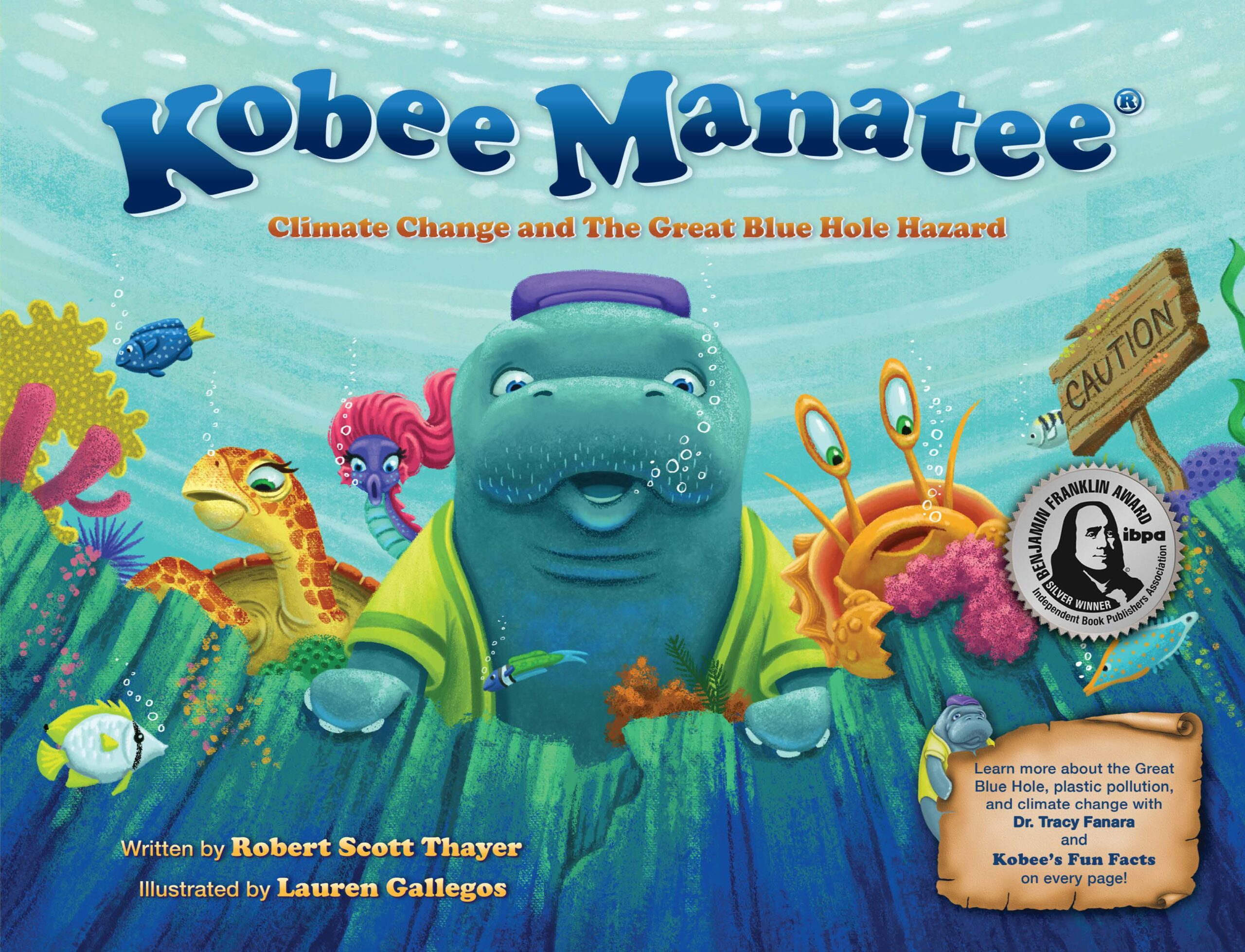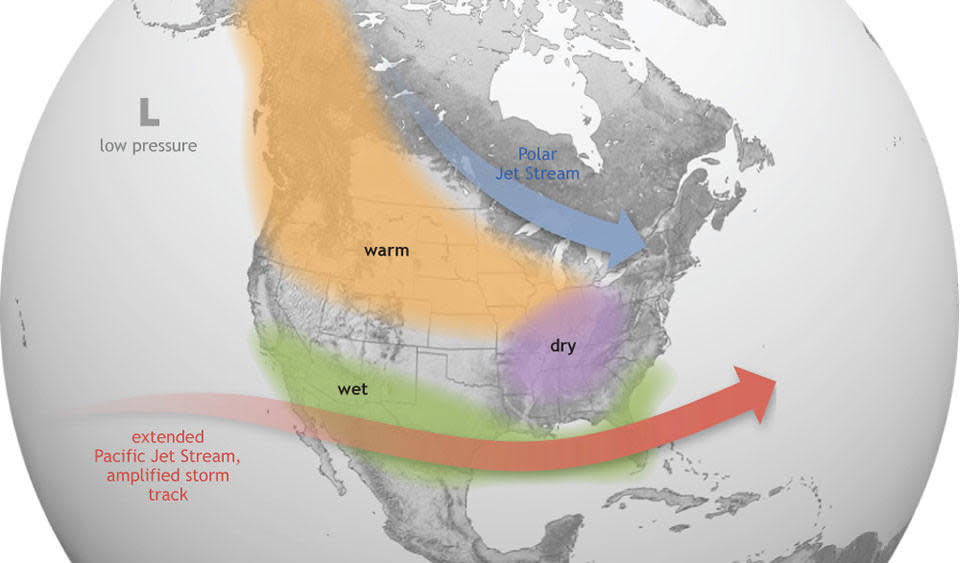El Niño Unleashes Sizzling Sea Surface Temperatures for 2024
Greetings! El Niño is a climate pattern which causes the Pacific jet stream to slide south and move to the east. It also creates “higher sea surface temperatures and precipitation across the equatorial Pacific Ocean that can affect weather across the globe.”
It’s “the warm phase of an oscillating cycle that recurs every few years, [and] officially arrived in June 2023.” This cycle was forecast to end in 2023. Now, in an “updated outlook released by the National Weather Service’s Climate Prediction Center, forecasters said there was an 80% chance that El Niño would persist into the Northern Hemisphere’s spring season and linger until May of 2024.”
The National Oceanic and Atmospheric Administration [NOAA] said, “There is also a high probability that El Niño will become stronger than usual as it finishes out its current run, which could mean its mark on winter temperatures as well as rain and snow patterns around the world may be more evident.”
“El Niño is one half of the alternating El Niño-Southern Oscillation, or ENSO, cycle, a shifting system of contrasting climate phenomena dictated by trade wind patterns and their resulting effects on sea surface temperature in a block of the equatorial Pacific Ocean south of Hawaii. El Niño replaces its inverse, La Niña, the cycle’s colder stretch. Both phases of ENSO are defined by sea surface temperatures and precipitation in that section of the Pacific that depart from what is considered the neutral norm. An increase in temperatures and precipitation levels corresponds with El Niño, and the opposite is true for its counterpart.”
In my recent blog,
2023 on Track for Hottest Year on Record, I talk about extreme September 2023 record heat, while at the same time, Antarctic sea ice is at a record low.
Deke Arndt, who directs NOAA’s National Center for Environmental Information in Asheville explains it’s like, “riding an escalator while jumping up and down. The escalator rising is akin to long-term climate change, and the jumps are the cycle of El Niño and its cold-weather counterpart, La Niña. El Niño is a periodic – and predictable – climate cycle in the tropical Pacific Ocean. El Niño events add more heat and moisture to the climate system, and tend to give a natural boost to global average surface temperatures. The last strong El Niño occurred in 2015-2016. It was associated with weather and climate extremes around the world and helped make 2016 the hottest year on record – until now.”
Here’s an Excellent Way to Talk to Kids with “Soft Facts” about Climate Change
One awesome tool for talking to kids about climate change is to read my fourth installment in the award-winning Kobee Manatee® Children’s Educational Picture Book series. It’s titled, Kobee Manatee® Climate Change and The Great Blue Hole Hazard. It contains “soft facts” about climate change and plastic pollution in our oceans.

When you read this award-winning educational picture book to children, it’s a fun and fictional adventure loaded with weaved in “soft facts” on climate change and plastic pollution. This quickly helps children learn about this serious subject in a fun and entertaining way. Here’s a brief synopsis …
Kobee Manatee, the protagonist and his seafaring pals, Tess the seahorse and Pablo the hermit crab swim from the Cayman Islands to Belize. Kobee wants to help his cousin Quinn clean up plastic litter at her new, all-veggie underwater bistro called Quinn’s Seagrass Café.
On their Caribbean journey they encounter harmful effects of climate change and plastic pollution. As if that wasn’t enough, several other unforeseen problems occur with a distressed loggerhead turtle, a giant Portuguese man-of-war, and a venomous scorpionfish. They’re all amazed when they discover the extraordinary Great Blue Hole. Then their adventure takes another crazy turn when Pablo plunges into its huge abyss!
Each page includes in-depth, scientific details on climate change and plastic pollution in our oceans with Dr. Tracy Fanara, NOAA Research Scientist (aka Inspector Planet). Tracy can be seen on The Weather Channel as a visiting expert and she’s also seen on their “Weird Earth” segments.
We have Fantastic Reviews on this New Release!
“I read the book to my 6-year-old this morning while he was having his breakfast before school and he loved it! We talked about the characters, what it meant for the pollution to be in the oceans for all the sea creatures, and how fun the story was. Thank you so much for writing such a great story for kids that is not only entertaining, but has a message!” – Jessica Vilchis, Co-Host KNBC California Live
“A well-crafted, thoughtful, and well-illustrated addition to a noteworthy educational book series.” —Kirkus Reviews
“Robert Scott Thayer presents an important environmental message in an engaging story with wonderful characters. Anyone who loves the ocean and wants to help save it should read Kobee Manatee: Climate Change and The Great Blue Hole Hazard. I’m looking forward to the next Kobee Manatee adventure.” —Readers’ Favorite
For young readers who enjoy imaginative tales surrounding affable and heroic sea creatures, as well as parents and/or teachers looking for a way to introduce youngsters to the importance of marine conservation, Kobee Manatee® Climate Change and The Great Blue Hole Hazard offers a perfect blend. Highly recommended! – Chanticleer Book Reviews
Keep watching for more of my updates on climate change!
If you see any sick or injured manatees, please call the Florida Fish and Wildlife Conservation Commission at: 1-888-404-3922 (FWCC). They are the folks who are responsible for rescuing us in Florida.
Here’s the Save the Manatee Club link to learn more about us manatees …
Here’s a cool link for you to learn more about how we’re rescued and brought into rehabilitation …
~ Robert Scott Thayer
Related Posts
